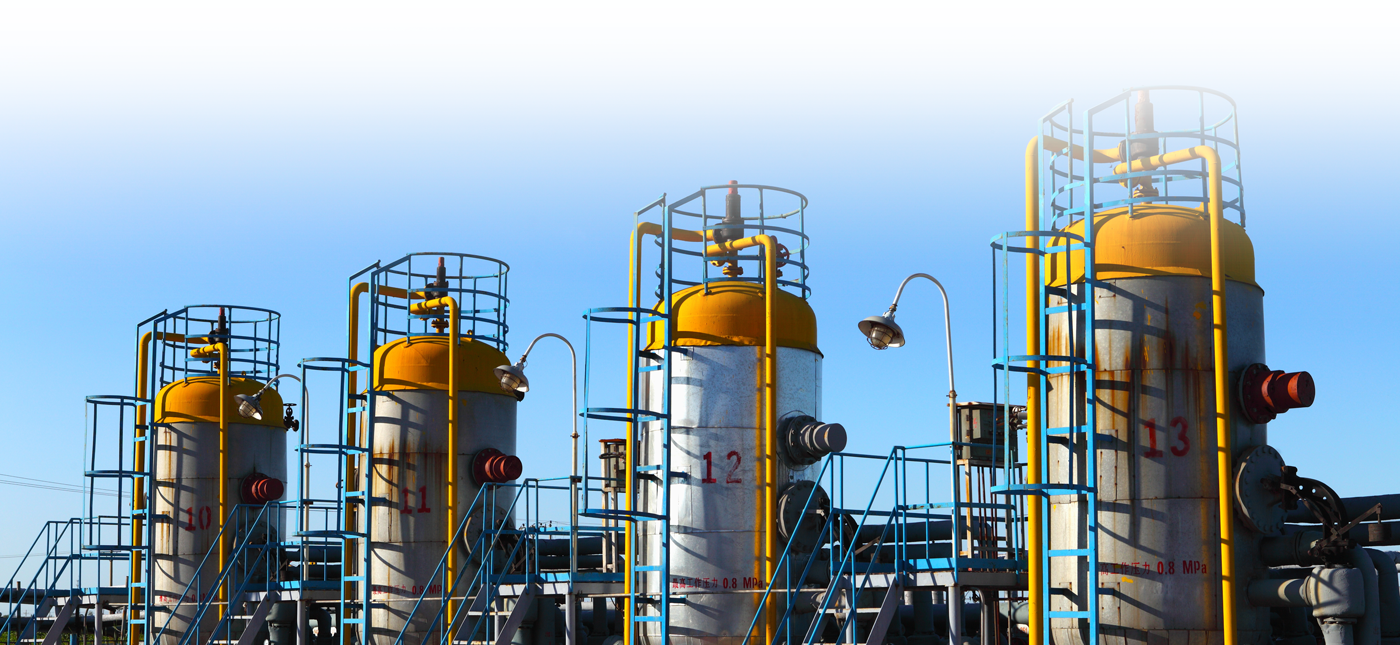Pulsation Acoustics
Accoustic Pulsation Problems in Compressors and Pumps
Paper No. 67
J. C. Wachel, Dara Childs Lecture Series, Texas A&M University, November 1992.
It is well recognized in industry that a majority of vibration problems are induced by internal fluid pulsations. There is sometimes a tendency to attribute these pulsations solely to the action of the pumps or compressors within the piping system, and to direct remedial steps either toward modifying the pump internals or providing more effective pipe support. While each of these approaches is valid and useful, an alternate or complementary approach lies in modifying the pulsation response of the piping. When pulsation frequencies from a reciprocating pump, for example, coincide with a mechanical vibration resonance of piping, the process of mismatching the driving force from the normal vibration response modes is quite effective. In addition, pulsation resonant frequencies within the piping can also amplify pulsation effects to the point that mechanical fatigue failures occur in the piping or pump components. Thus, successful treatment of resulting vibration problems can often be achieved merely by mismatching these pulsation resonances from major pump frequencies, and by providing acoustic filters to attenuate pulsation amplitudes over a wide range of frequencies. The acoustic filter approach is particularly applicable to variable speed pump installations where operational flexibility dictates operation over a range of speeds and pulsation frequencies. Similar pulsation problems exist with centrifugal machinery, but influence of the piping is often even more important in defining both pulsation frequencies and amplitudes. Pulsation problems with reciprocating pumps can now be adequately dealt with, and reliable techniques for predicting and solving such problems have been previously described in the technical literature. Therefore, this paper will deal chiefly with centrifugal pump and compressor pulsation problems.
By far, the most difficult problem in analytically describing plant dynamics problems lies in predicting driving forces from the internal flow or pulsation forces which excite the vibrations. These pulsation driving forces are a function of both the pulsation response of the piping system and the source strength and frequencies of the pulsation generating mechanisms.
Download PDF